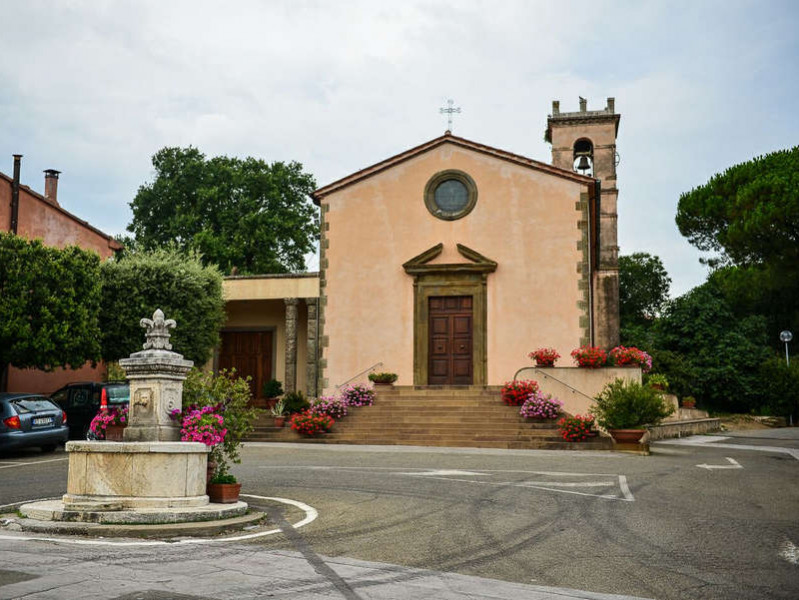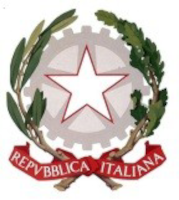


The village, just 3.5 Km from Saturnia, was formed in the 15th century by settlers from Romagna sent from Siena to repopulate the territory. However, the ruins scattered around the area date back to the Roman era.
Places of historical interest:
Castellum Aquarum
How to get there:
At Poggio Murella proceed onto via del Greppo and then onto via dei Sassi Bianchi. Pass the cemetery and follow the road on the right. The structure will appear on your left.
When to visit: the site is free to enter and always open.
The Castellum Aquarum is a large cistern covered by barrel vaults supported by pillars with a capacity of 4,000 cubic meters (m 33,80 x 15, 35 x 8). The structure is part of a much larger complex, consisting of at least three tanks and various other structures, whose use has been the subject of considerable difficulty to discern. Some have speculated that it could have been a collection system to direct the water from some of the springs toward the town of Saturnia, or perhaps linked to a sacred area, or perhaps still have been the monumental water system for an imposing residence. Based on the masonry technique and small amount of material left, the complex is dated to the second half of the first century BC.
The tower
How to get there: It’s best to depart from Poggio Murella and go through the village on via del Poggio. Once you get in front of the post office, take the road on the right and continue on via del Greppo
Visitor info: the tower is located in a private garden so access may be denied to visitors.
The private garden of La Torre contains a curious sight: a cylindrical tower with a square base, covered with mixed work of mesh and brick. The tower is a Roman structure dating to the second century AD and consists of a square base of masonry fence and an upper truncated cone of mixed materials. The entrance was on the north side and led to a staircase along the interior walls, which suggest that this could have been a watch or signal tower. Given the panoramic views its possible that it may have been a monumental tomb, although it lacks a burial chamber.
St Joseph’s Church-
Built in the middle of the nineteenth century by landowner Joseph Zammarchi.
Palazzo Zammarchi
South of Poggio Murella, Palazz Zammarchi is a very interesting building from an architectural point of view and dates back to the nineteenth century.
Casa Focacci
The outside of this house are decorated with Roman era columns.
Podere Le Murelle
Dating back to the 16th century, this farm is built on the ruins of an ancient Roman cistern and contains, in the wall of an external staircase, a travertine tombstone engraved in Latin.
The Philharmonic Museum
Located on via del Poggio, the museum houses instruments and documents of the village band, established in 1884 and still active. Tel 0564-607977
01
May



PIANO DI SVILUPPO E COESIONE – PSC TOSCANA
INTERVENTI DI CUI ALLE RISORSE FSC DELIBERA CIPESS 26/2021
Supporto alla valorizzazione dell’immagine della Toscana – Maremma Toscana Area Sud
Progetto Maremma Toscana Area Sud